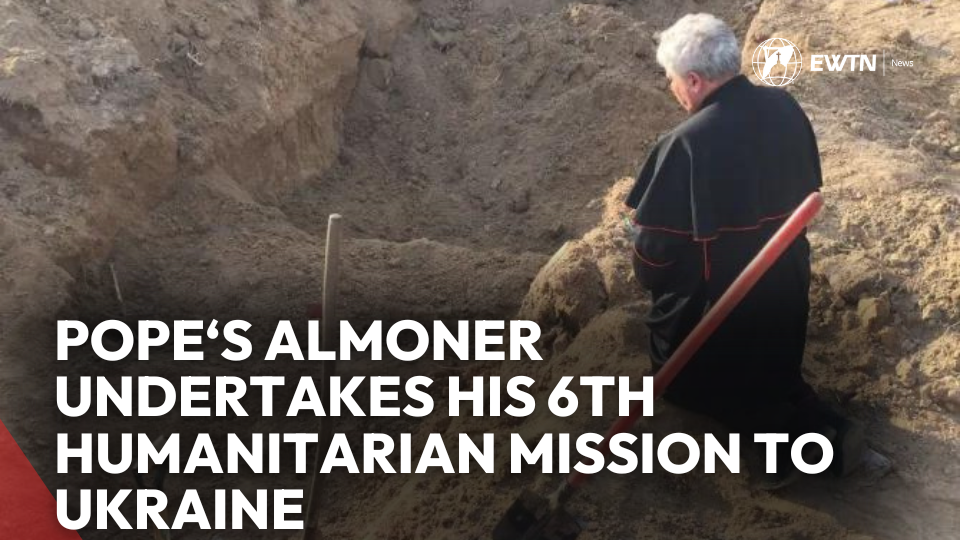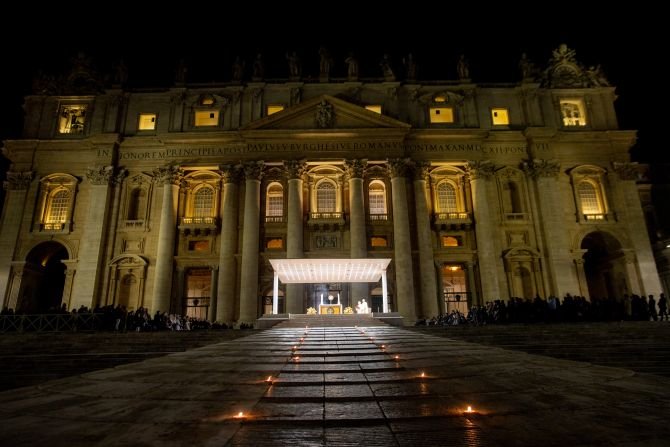The stories surrounding St. Agnes’ life and death are varied. We know the place of her burial, her approximate age, and the place where she was martyred. Much less is known about her life, though there are many stories passed down since her martyrdom in the fourth century.
The Roman Catholic Church celebrates her feast day every Jan. 21, the day of her death. She was only about 12 or 13 year old when she was martyred in A.D. 304, but she has been honored by the Church for more than 1,700 years.

Today, the saint’s skull resides in a side chapel of the church Sant’Agnese in Agone in the Piazza Navona, Rome. Her body was buried in what is now known as the catacomb of St. Agnes, and her bones are still preserved in the Church of St. Agnes Outside the Walls, which was built over the catacomb where she was originally buried.
St. Agnes’ name means “chaste” in Greek and “lamb” in Latin. Both meanings foreshadowed her death as a virgin martyr who died because she defended her chastity and refused to give up her faith.
St. Agnes was born to noble Christian parents in A.D. 291 in the Roman Empire. She lived during a time of Christian persecution under the reign of Emperor Diocletian.
In the year 302, the emperor resolved to wipe out Christianity. While Agnes was growing up, in 303, Diocletian along with his co-ruler Galerius called for the destruction of churches and the burning of books. Clergy and laity were imprisoned and tortured for refusing to worship the emperor.

There are accounts of her life going back to the late fourth and early fifth century, including one by the Roman Christian poet Prudentius called “The Passion of Agnes.” St. Ambrose and Pope Damasus wrote accounts of her martyrdom as well. Though there are small differences across all, the general story is quite similar.
An anonymous author popularized her story through a biography, “The Life of St. Agnes of Rome: Virgin and Martyr,” written in French in the 1800s and translated to English soon after.
The story goes that as she was returning home one day, Procopius, the son of Roman prefect Symphronius, fell in love with her and sought to marry her. He brought her many gifts and offered her riches, but she refused, saying she was bound to her spouse — Christ.
When Symphronius learned that she was a Christian, he put her on trial.
“My life belongs to him who has chosen me first,” she insisted in response to his threats, refusing to betray her vow to Christ.
Though the prefect at first offered her a chance to preserve her virginity by becoming a priestess of the goddess Vesta, she refused, and so he sent her to a brothel. When he ordered her stripped of her garments, the story goes that her hair unbraided and grew to cover her. As she was paraded through the streets, the onlookers are said to have looked away.
When she reached the brothel, an angel of the Lord surrounded her with a bright light, obscuring her from the eyes of those who intended to rape her. Though many in the brothel fell down in worship, when the son of the prefect approached her, calling the others cowards, he died.
The prefect blamed her for the death of his son, but when she defended herself against his accusations of witchcraft, the prefect said he would believe if she asked the angel to bring him back. After she prostrated herself on the ground in prayer, the son came back to life.
In another version, the son was struck blind, not dead.
Priests and authority figures became concerned about the attention Agnes was getting and condemned her to death. The prefect abandoned her, and she was thrown into a fire in a public area.
But the flame, the story goes, divided in half and did not touch her. In another version, the stake she was tied to would not burn. She praised God and then was executed by beheading.
Because of the nature of her martyrdom, the Church honors St. Agnes as the patron saint of girls, chastity, virgins, and victims of rape.
On the day of her feast day, two lambs are blessed. The lambs are then shorn, and the wool is used to make palliums, liturgical vestments worn by archbishops.
This story was first published by Catholic News Agency on Jan. 21, 2024, and has been updated.







